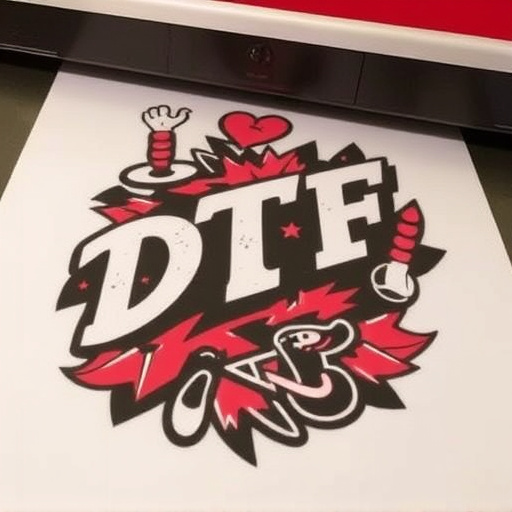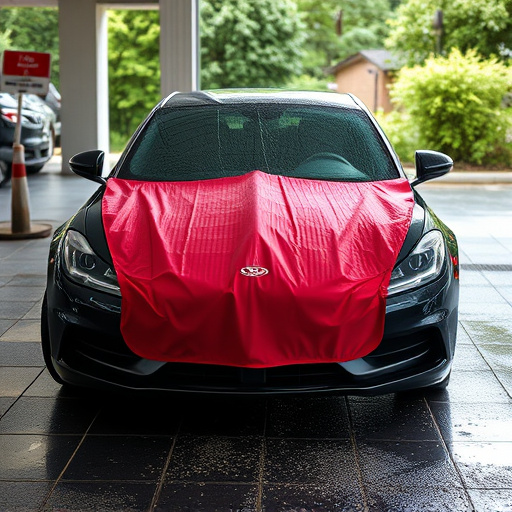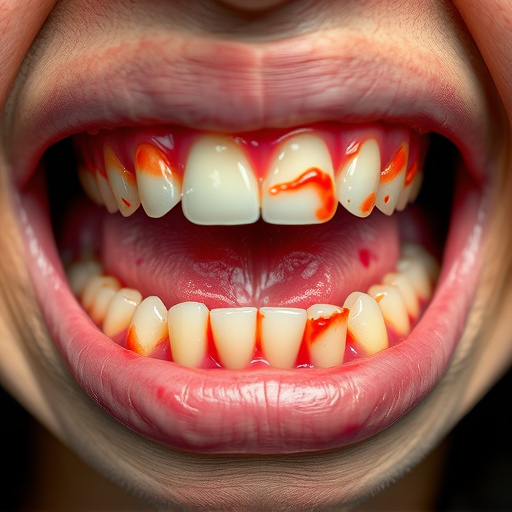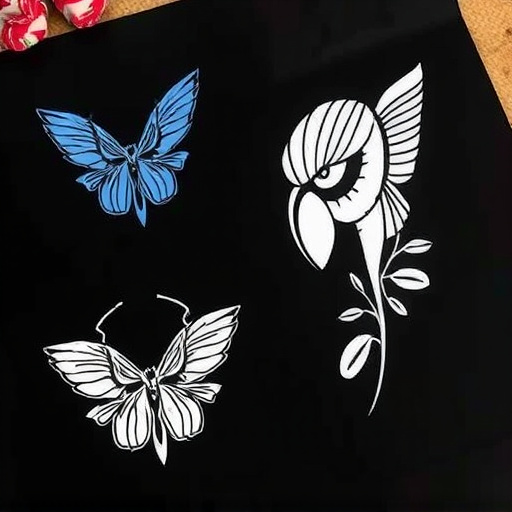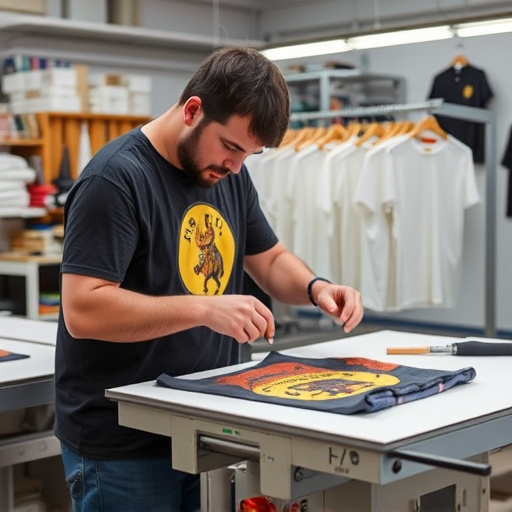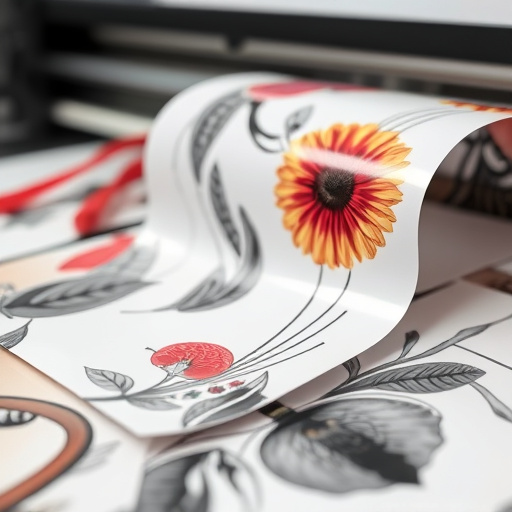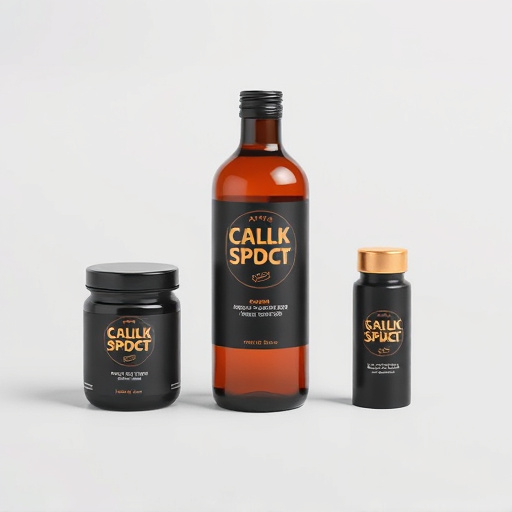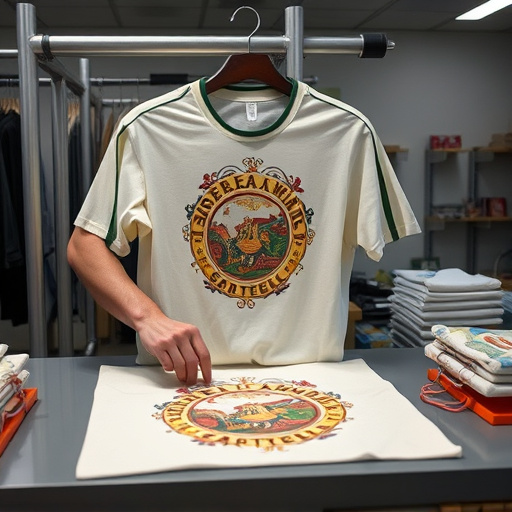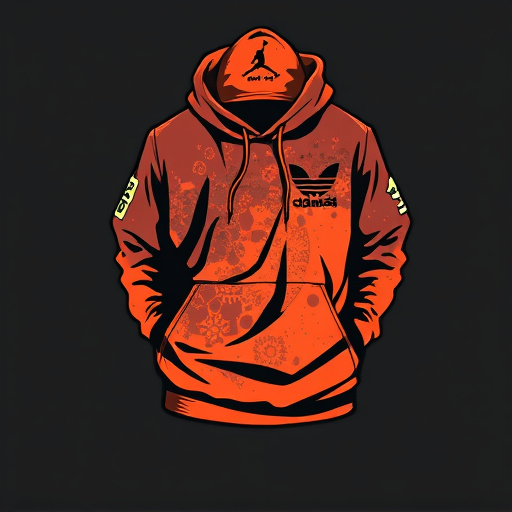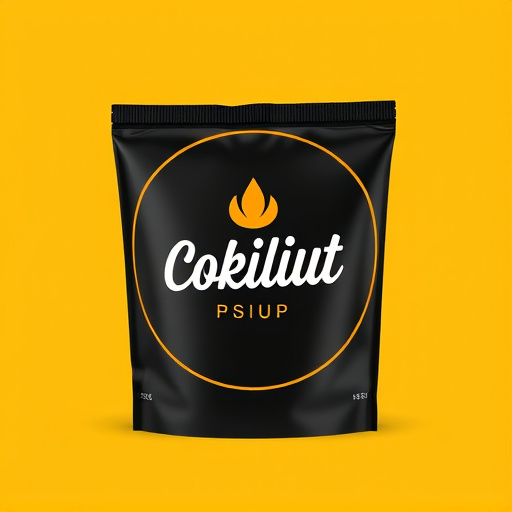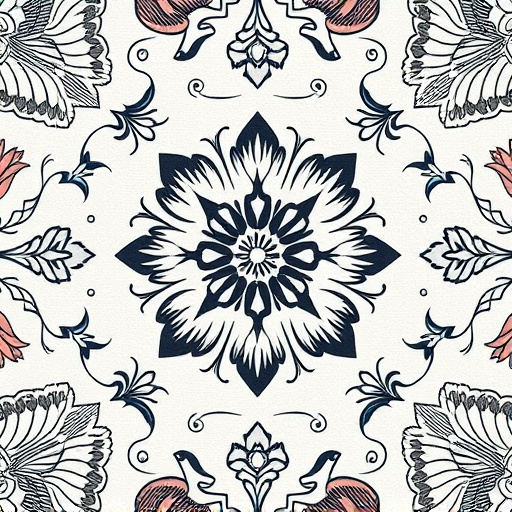To achieve a swift and high-quality DTF (Direct to Fabric) Quick Turnaround, prepare design files with precision. This includes using crisp, clean vector graphics in PDF or AI format at 300 DPI or higher, matching color profiles to printing methods like CMYK, and removing unnecessary layers. Organize digital files with clear naming conventions, provide high-resolution images with correct color profiles, and ensure proper alignment of designs without overlapping layers for minimal mistakes and delays. These practices are essential for meeting tight deadlines and maintaining customer satisfaction when producing personalized custom t shirts.
“Achieving a swift turnaround time with your design files is now easier than ever with DTF Quick Turnaround services. This article guides you through the essential steps to prepare and submit your files optimally, ensuring a seamless process from start to finish.
By understanding the requirements, implementing efficient preparation techniques, and adhering to best practices, you can maximize your productivity and deliver designs at lightning speed. Let’s dive into the key strategies for mastering DTF Quick Turnaround.”
- Understand DTF Quick Turnaround Requirements
- Preparation Steps for Efficient File Submission
- Best Practices to Ensure a Smooth Process
Understand DTF Quick Turnaround Requirements
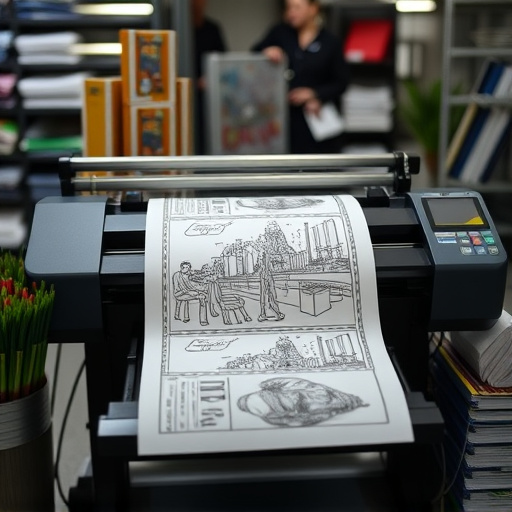
To prepare files for a DTF (Direct to Film) Quick Turnaround, it’s crucial to grasp the specific requirements this printing method demands. Unlike traditional heat press methods that use custom sheets for heat pressing designs onto garments, DTF utilizes a direct-to-film printing process, which means your design is printed directly onto a clear film that’s then transferred to the garment using a heat press. This streamlined approach necessitates files in a particular format and resolution to ensure optimal results.
When getting your files ready for DTF Quick Turnaround, focus on precision. The design should be crisp, clean, and free from any artifacts or distortion. Use vector graphics whenever possible as they offer better scalability and detail retention. Additionally, ensure your file is set to the correct dimensions, typically in inches, matching the garment size you intend to print on. Remember, the quality of your final product heavily relies on the preparation of your design files, so taking the time to meet these DTF Quick Turnaround requirements will result in outstanding prints using a direct-to-film printer.
Preparation Steps for Efficient File Submission
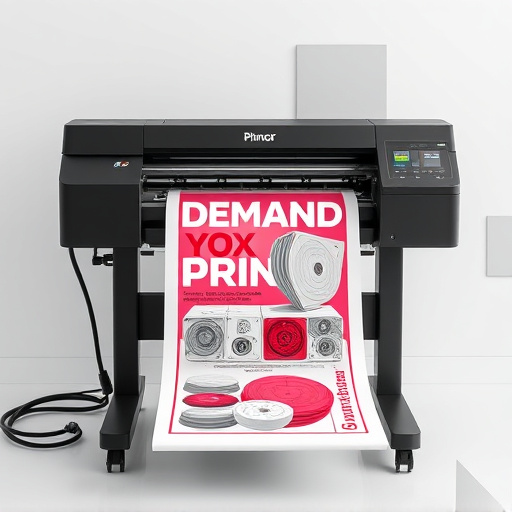
Ensuring a smooth DTF Quick Turnaround starts with meticulous file preparation. Before submitting your designs, take time to optimize them for efficient production. Firstly, check all images and graphics for resolution; they should be at least 300 DPI for crisp printing. Next, ensure your files are in the correct format—PDF or AI—and that all elements are vectorized to facilitate precise cutting and placement during the heat press process.
For clothing brands considering logos DFT for their garments, this preparation step becomes even more critical. In addition to the above, verify that your color profiles match the printing method, typically CMYK for digital printing. Remove any unnecessary layers or elements that could slow down the production process. Lastly, double-check spelling and grammar in all text fields, as errors may cause delays. These steps not only enhance the turnaround speed but also guarantee high-quality results with your heat press logos.
Best Practices to Ensure a Smooth Process
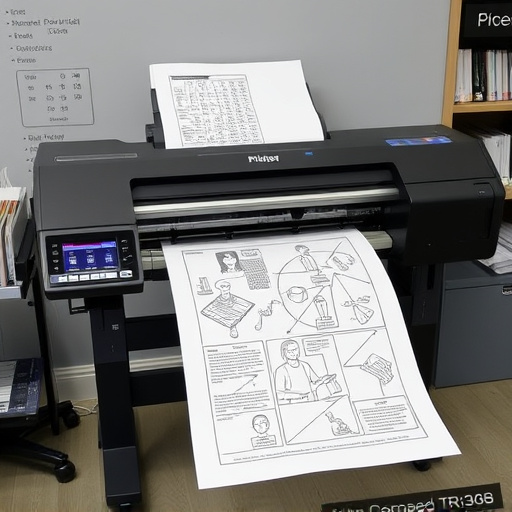
To ensure a seamless DTF (Direct to Fabric) Quick Turnaround process, several best practices should be implemented. Firstly, organize your files digitally; use a clear naming convention for each design, including dates and client details. This practice streamlines the workflow, making it easier for the printing team to access and work on projects efficiently. Additionally, provide high-resolution images with proper color profiles to avoid any loss in print quality, which is particularly crucial when producing custom t shirts or dtf printing for dark fabrics.
Secondly, prepare your designs with an understanding of the heat press process. Ensure that all elements are properly aligned and that there are no overlapping layers or image issues that could cause problems during printing. A well-prepared design reduces the chances of mistakes and delays, allowing for a faster heat press turnaround time. This is essential for meeting tight deadlines and maintaining customer satisfaction when producing personalized custom t shirts.
To ensure a seamless DTF Quick Turnaround process, understanding and adhering to the outlined requirements and preparation steps are paramount. By optimizing your file submission through efficient organization and implementing best practices, you can significantly reduce turnaround times without compromising quality. Remember, a well-prepared file is the key to a swift and successful outcome.
